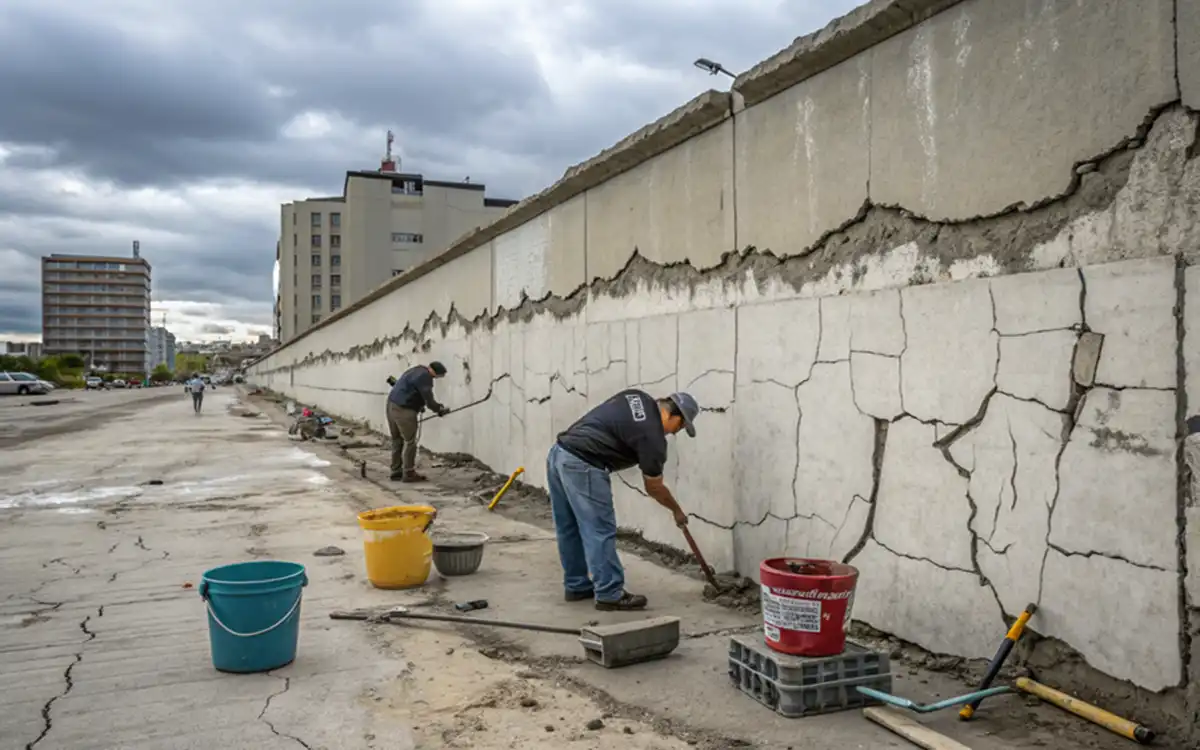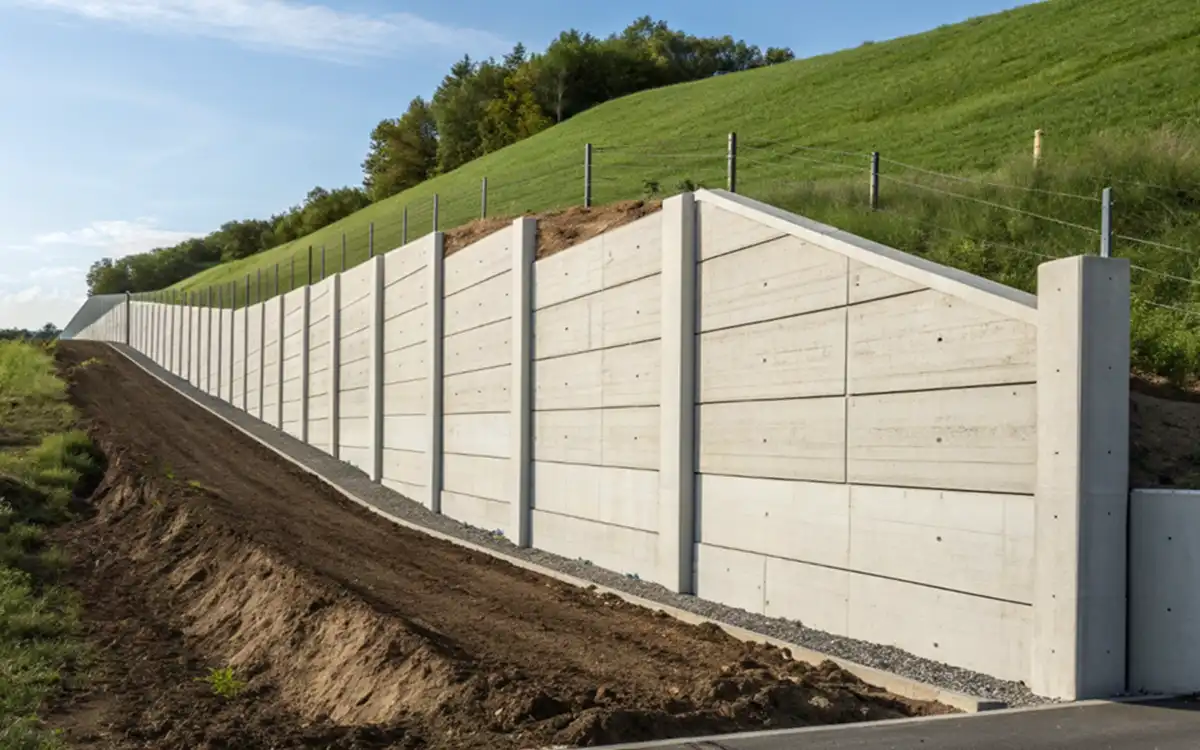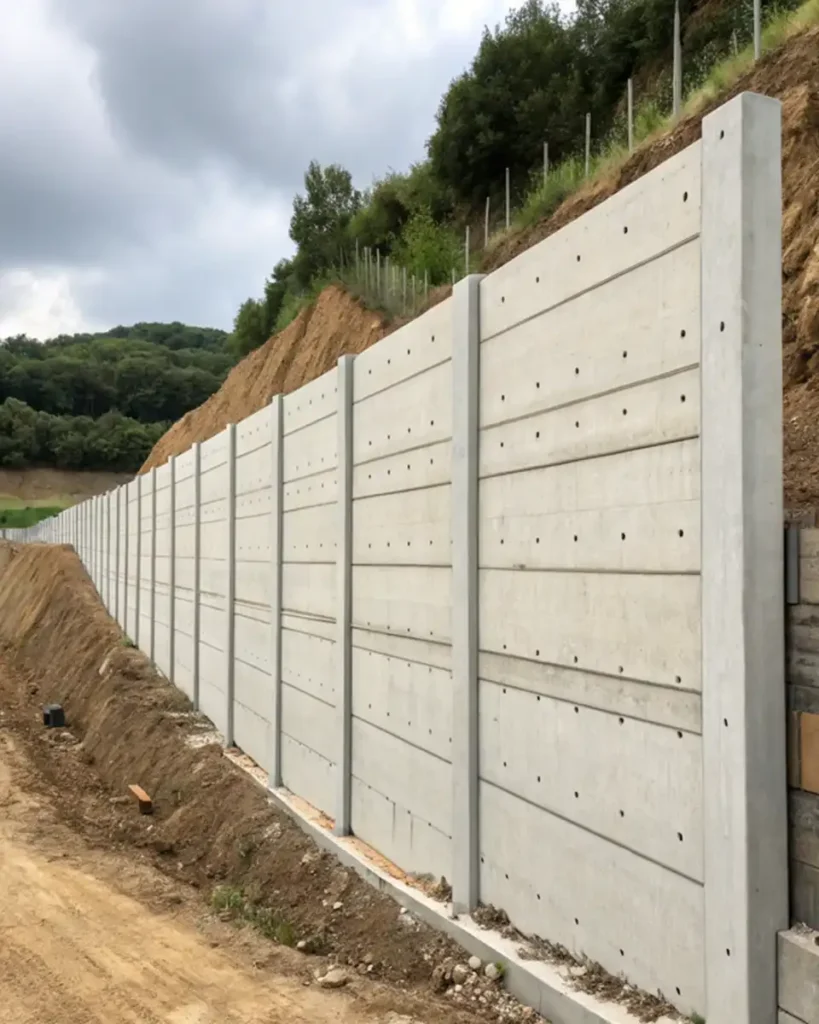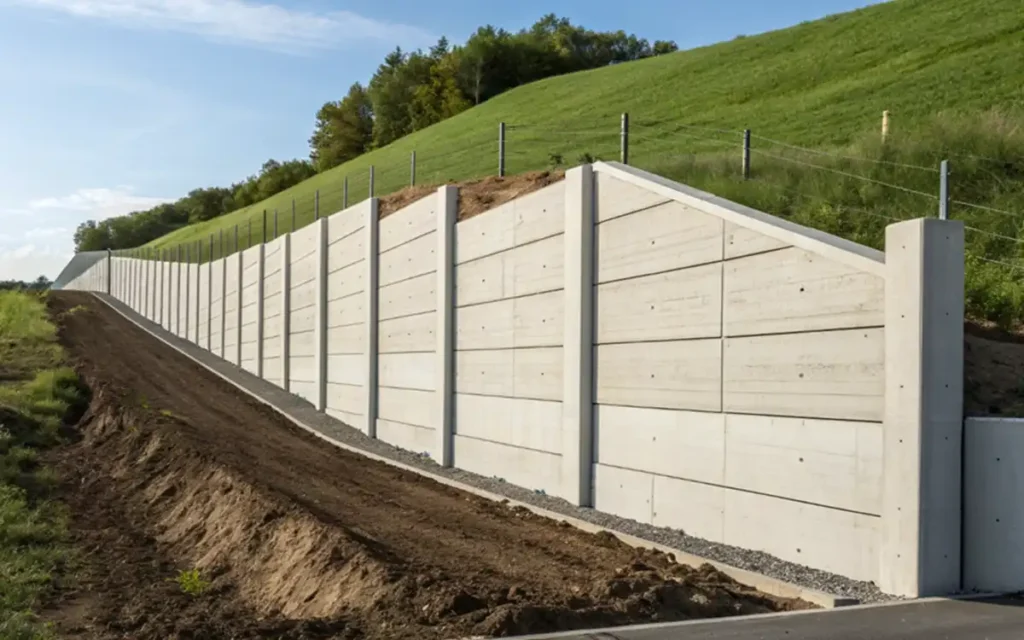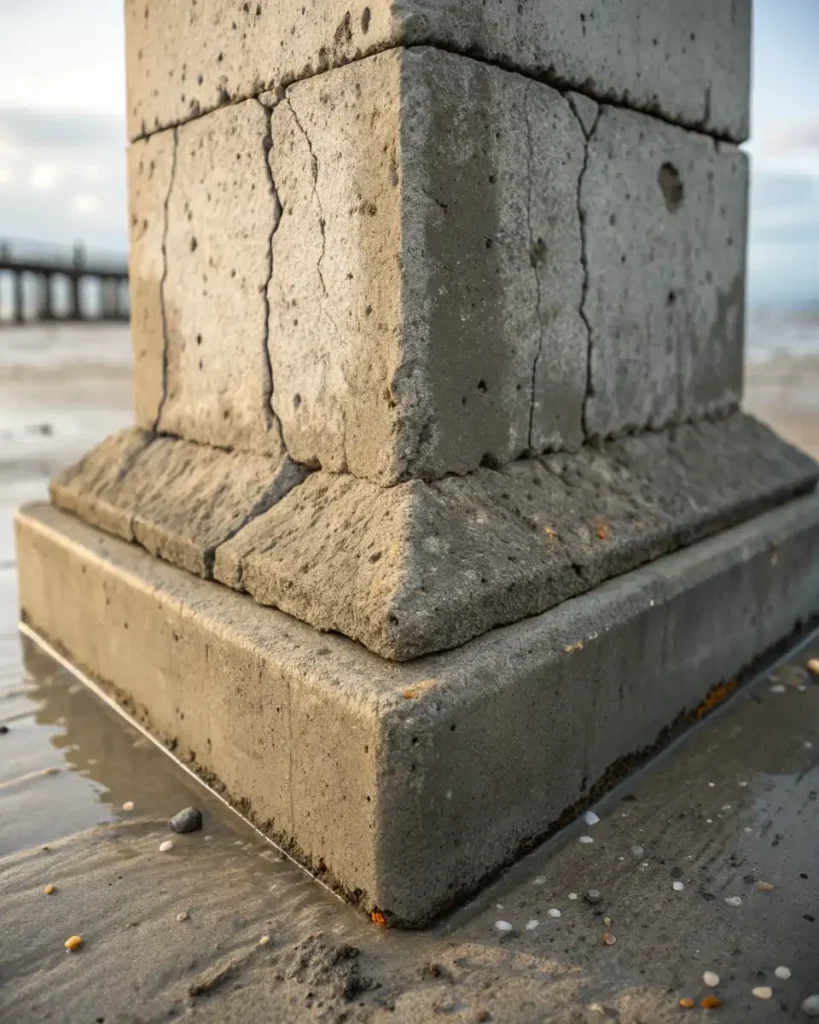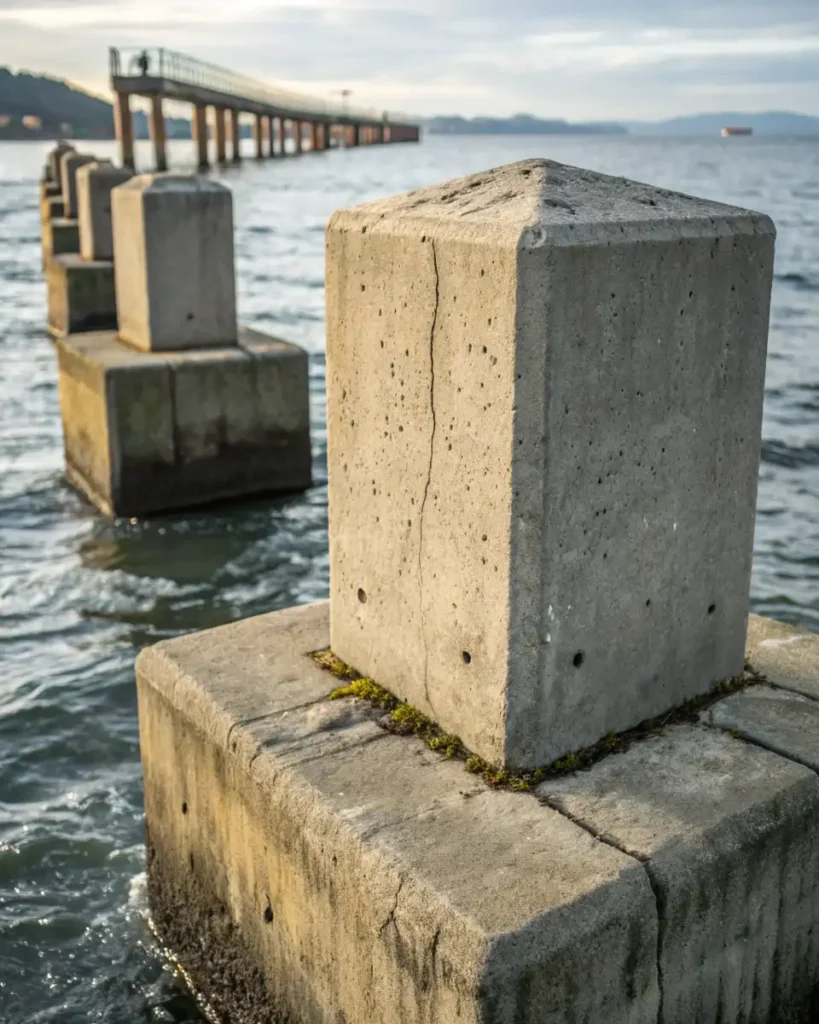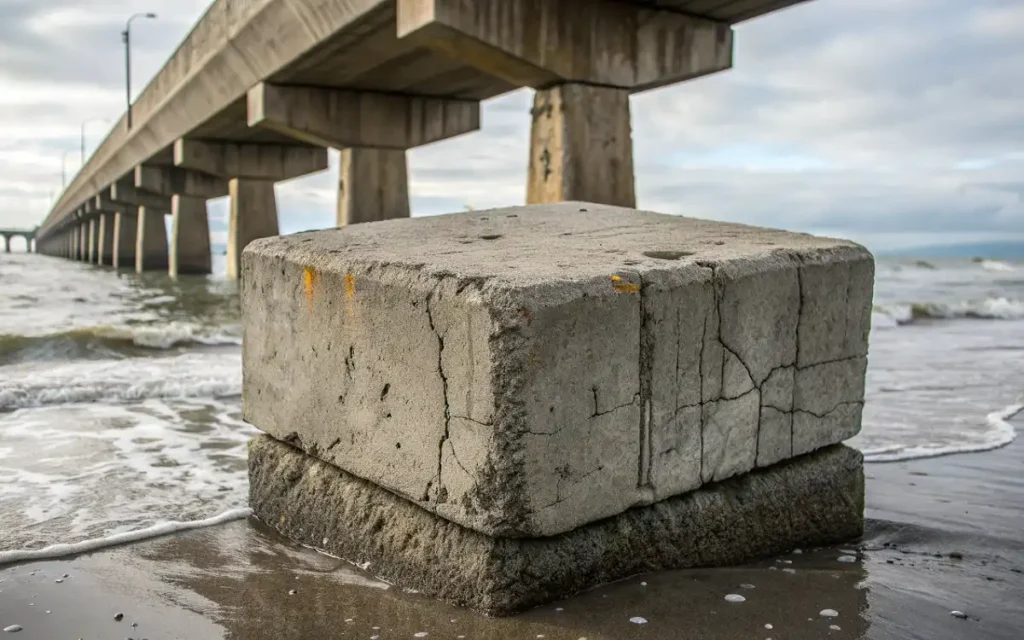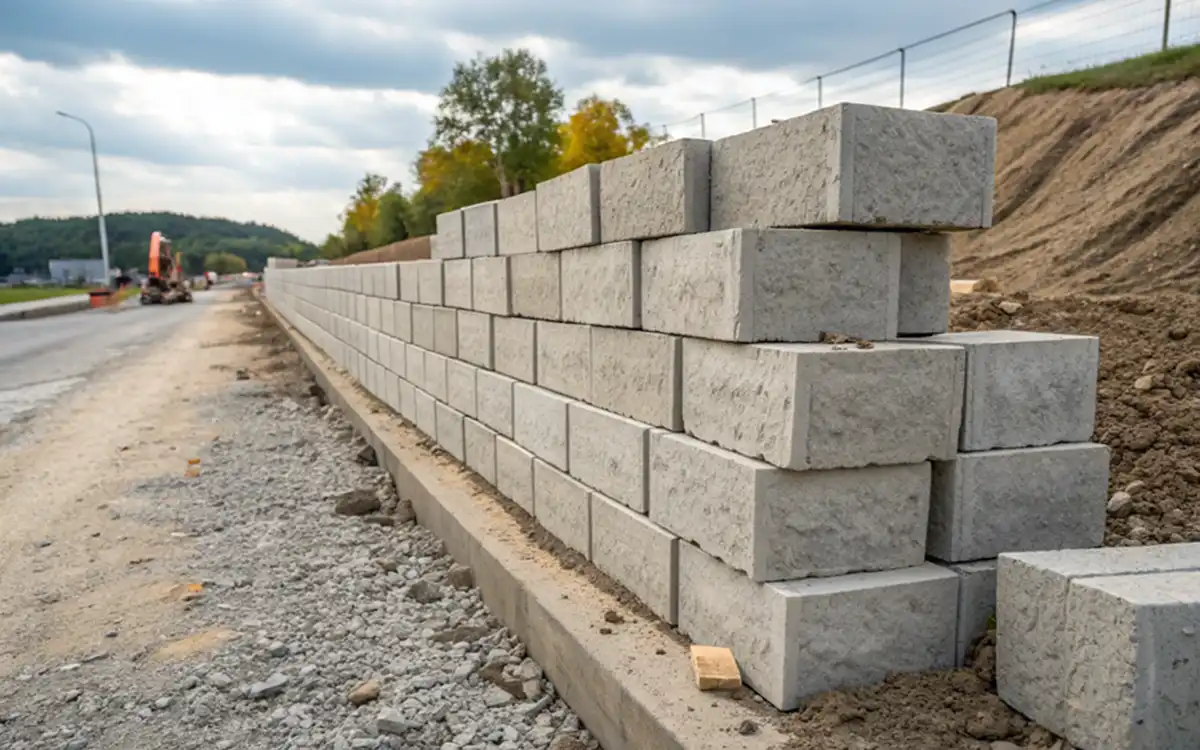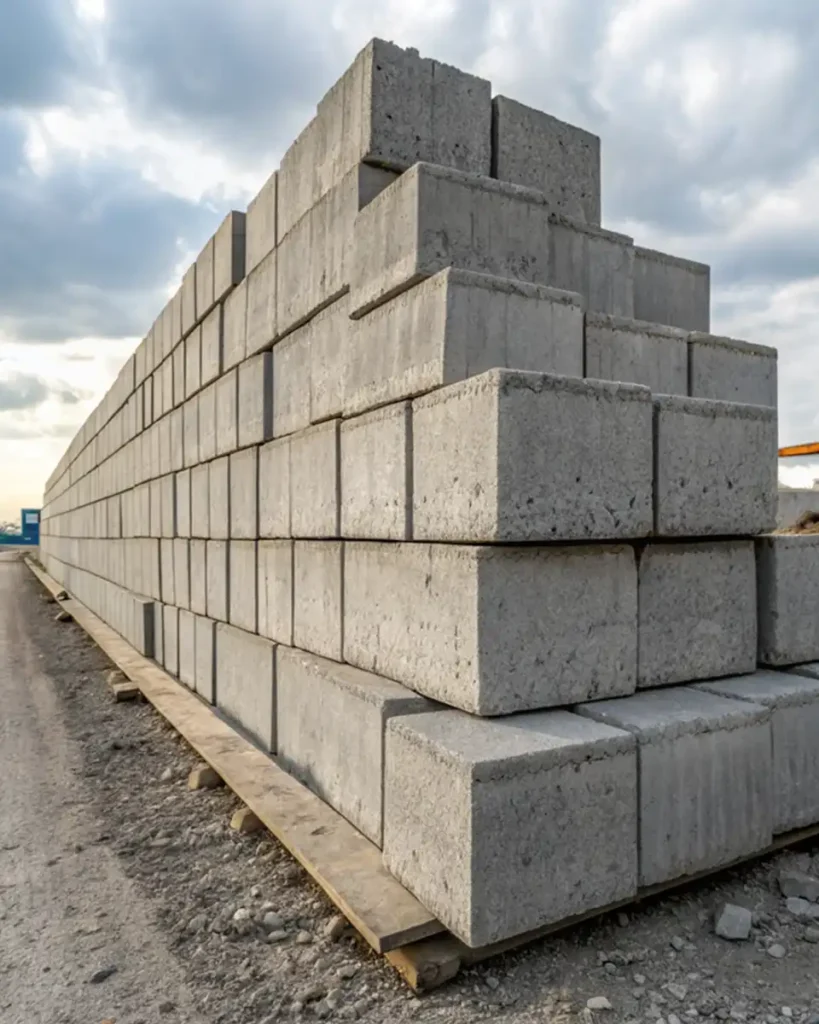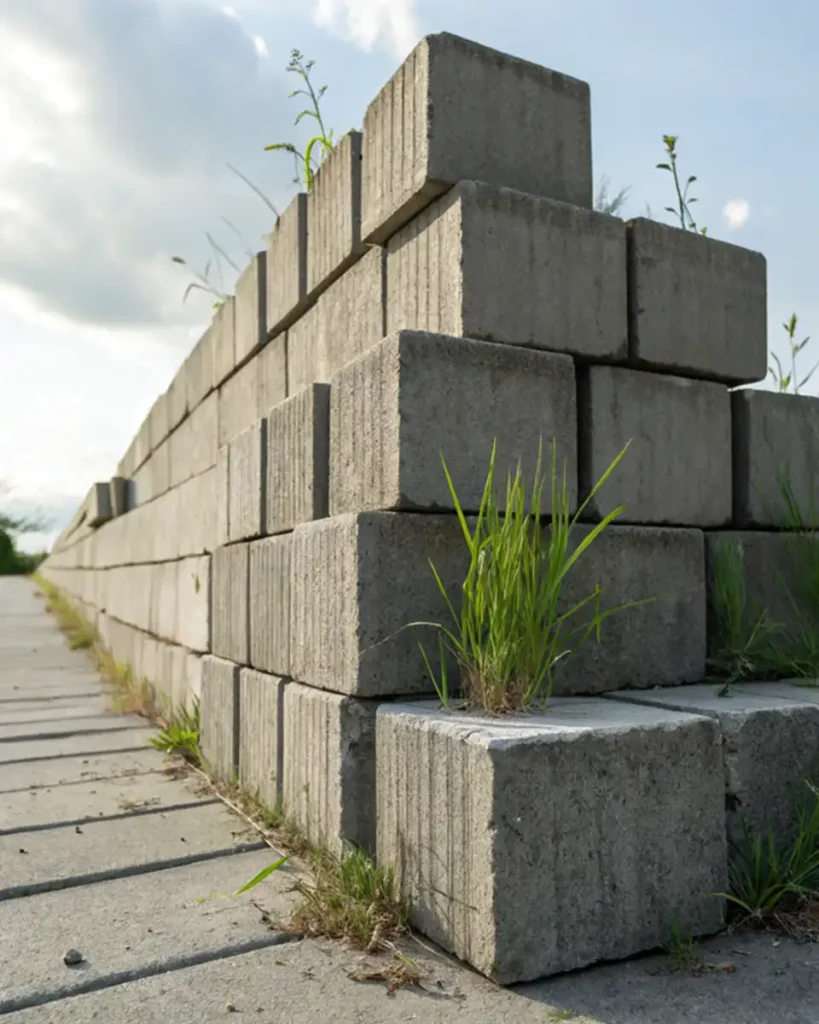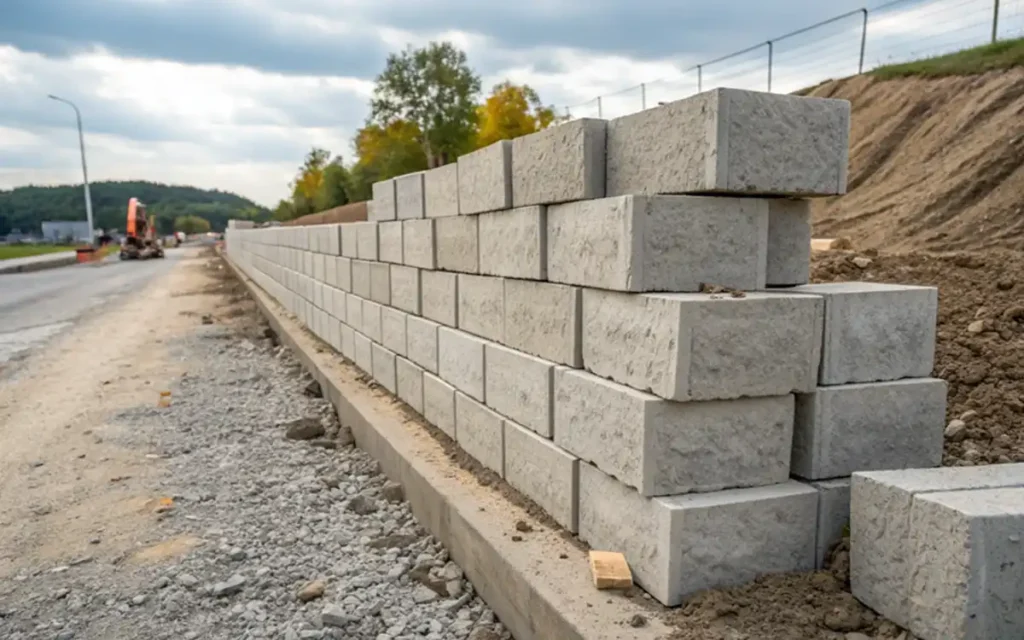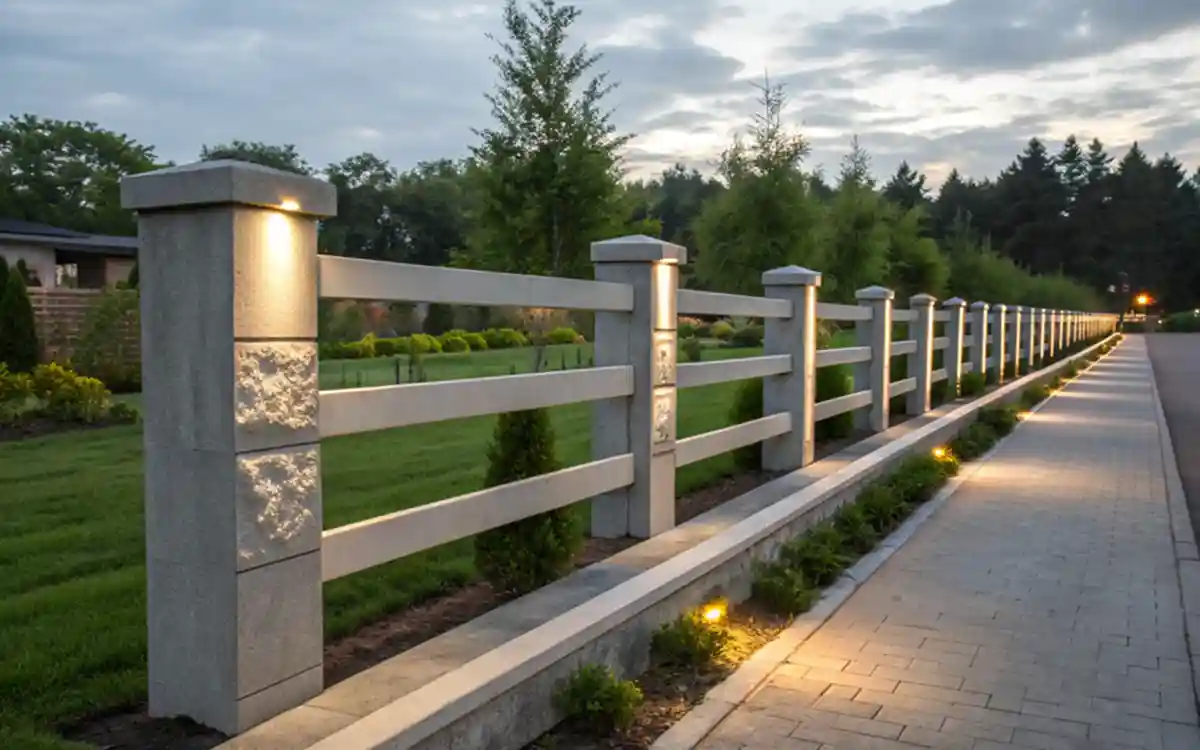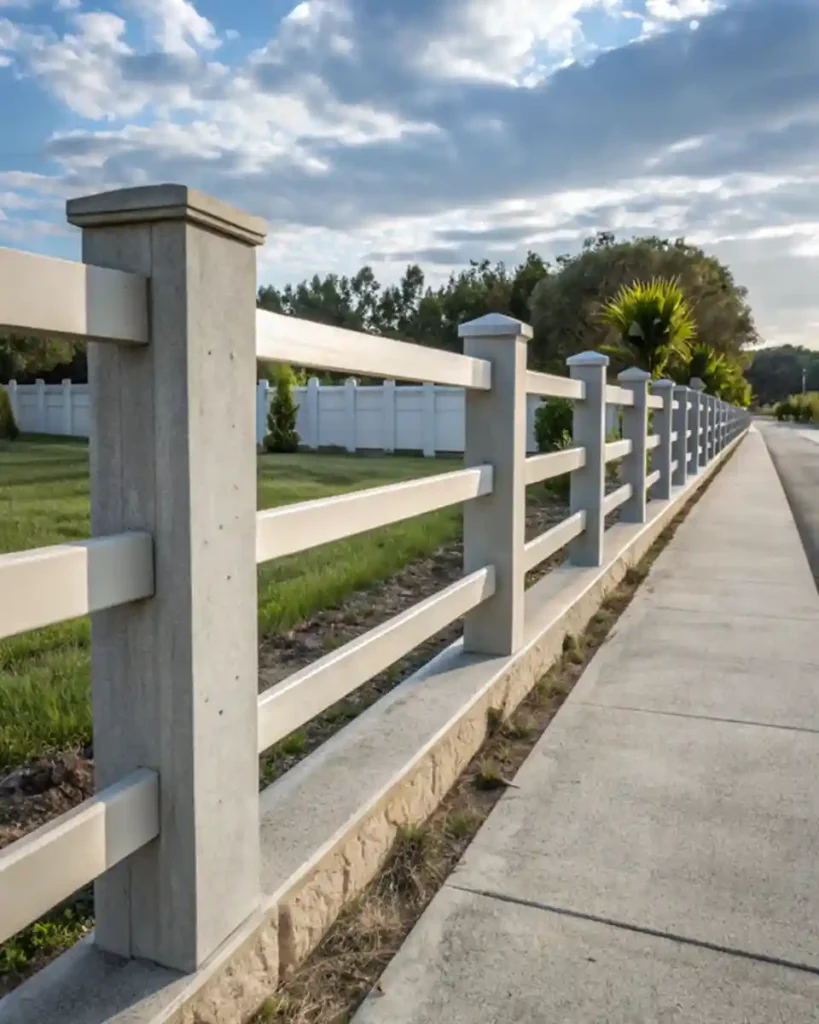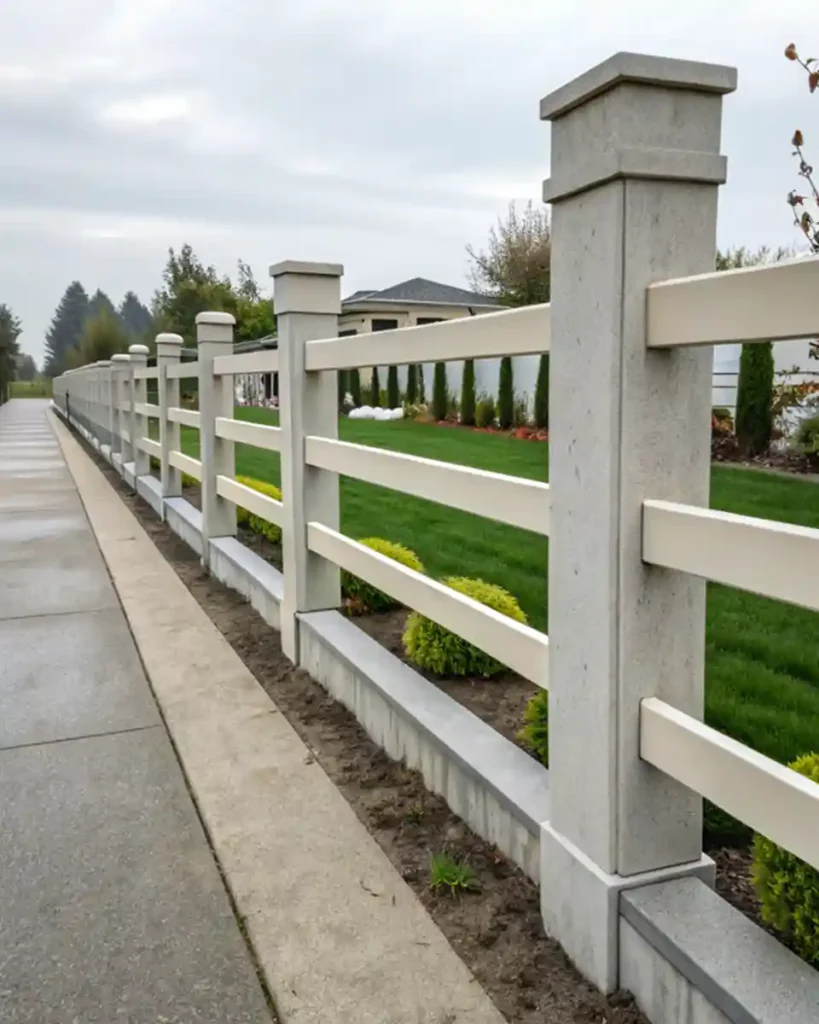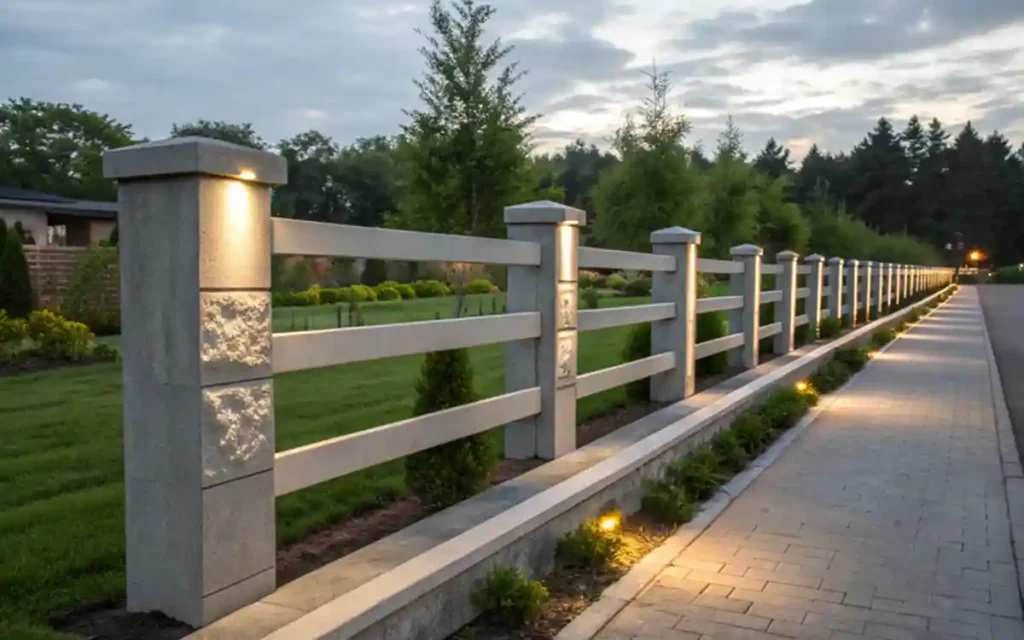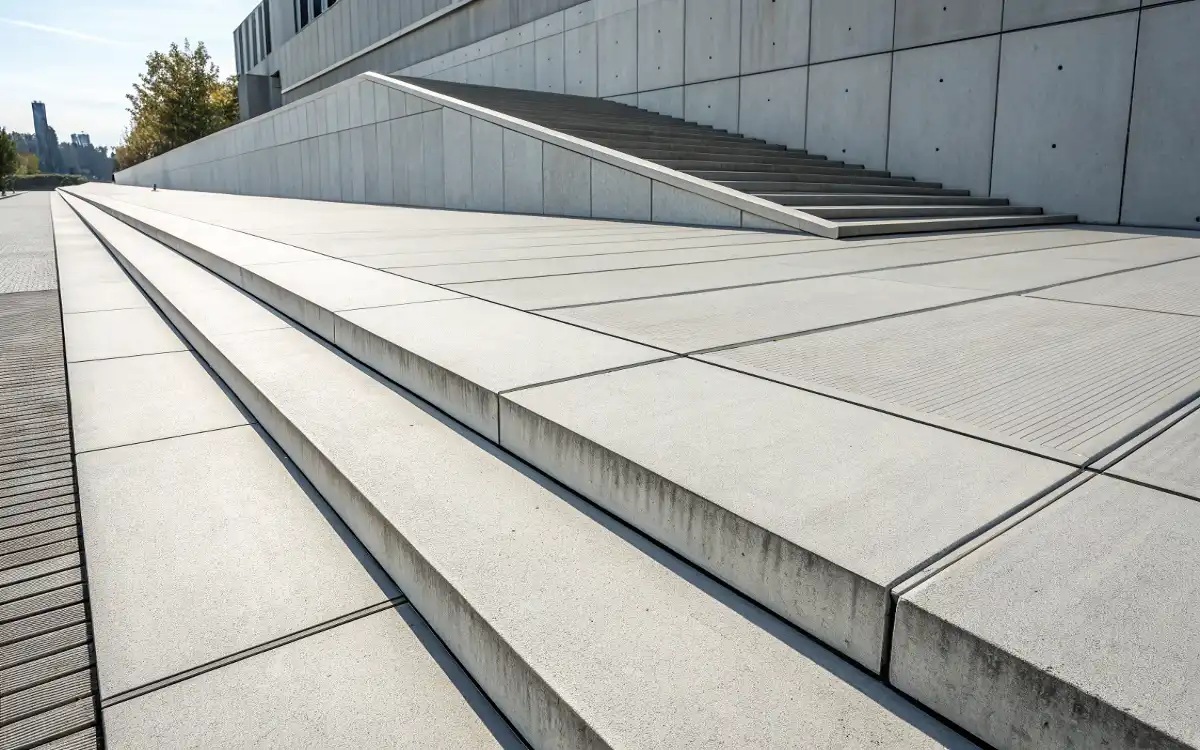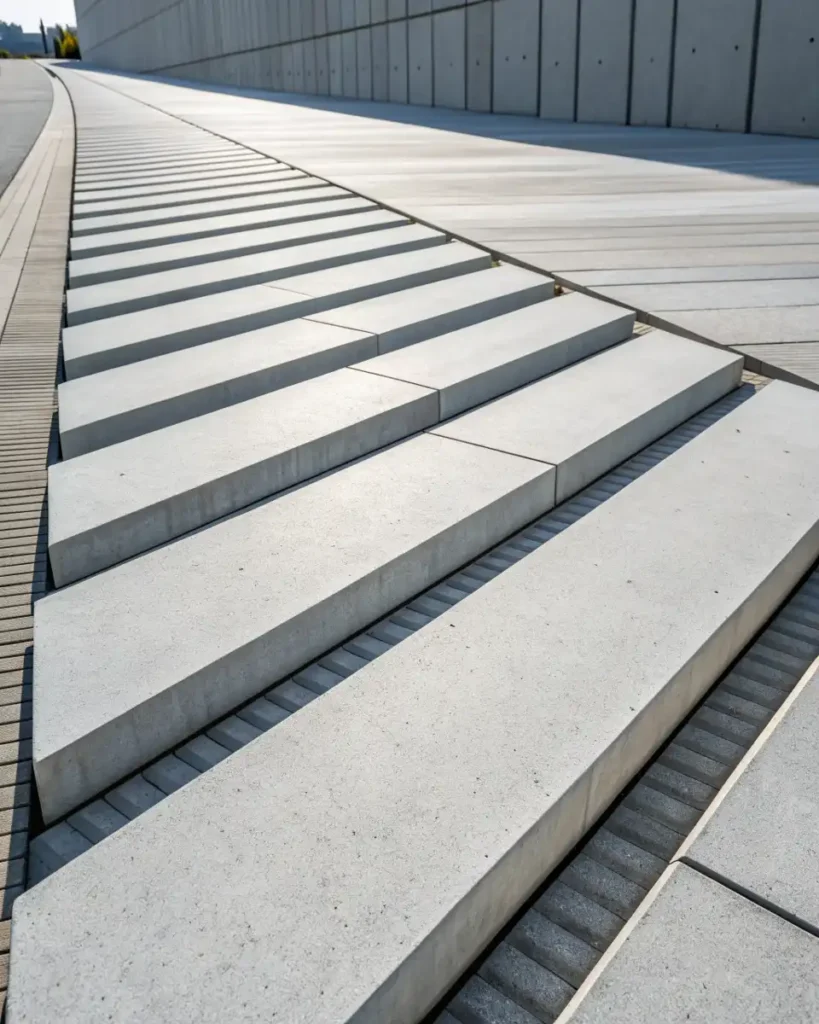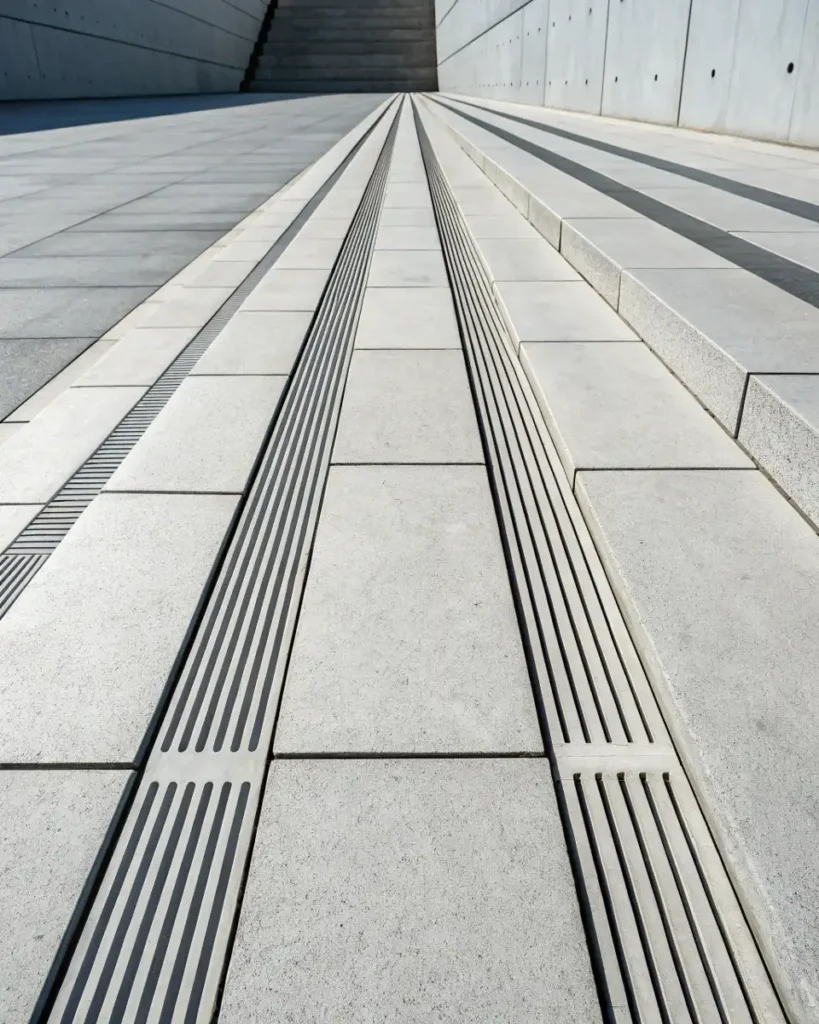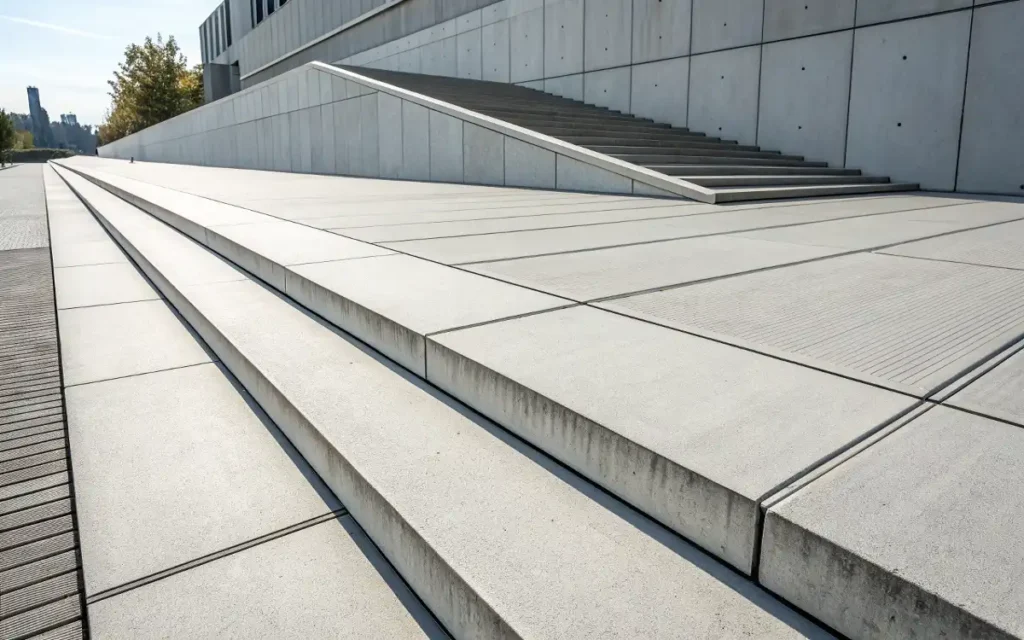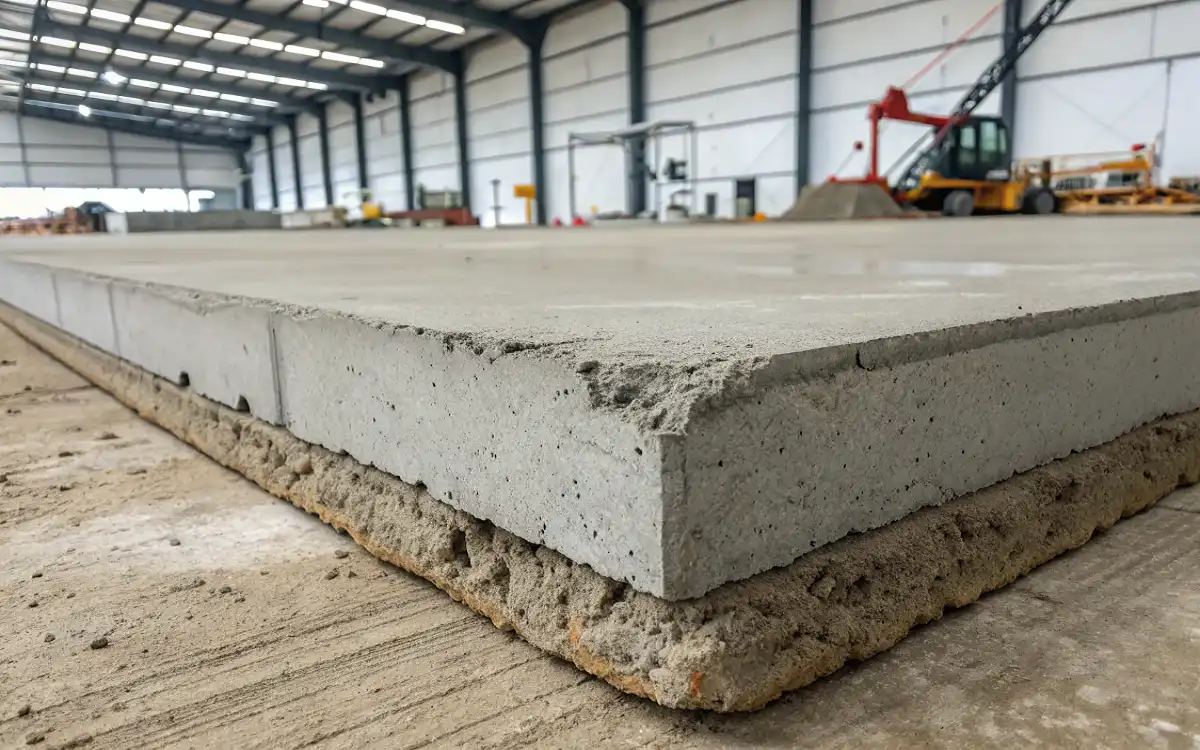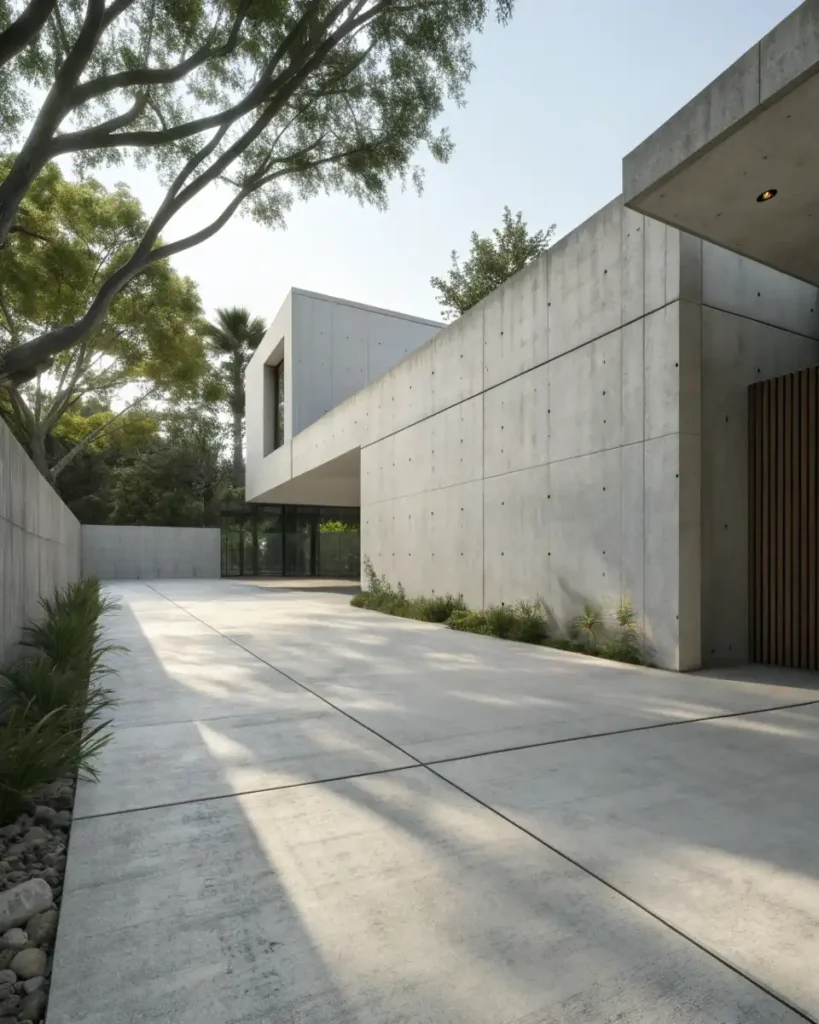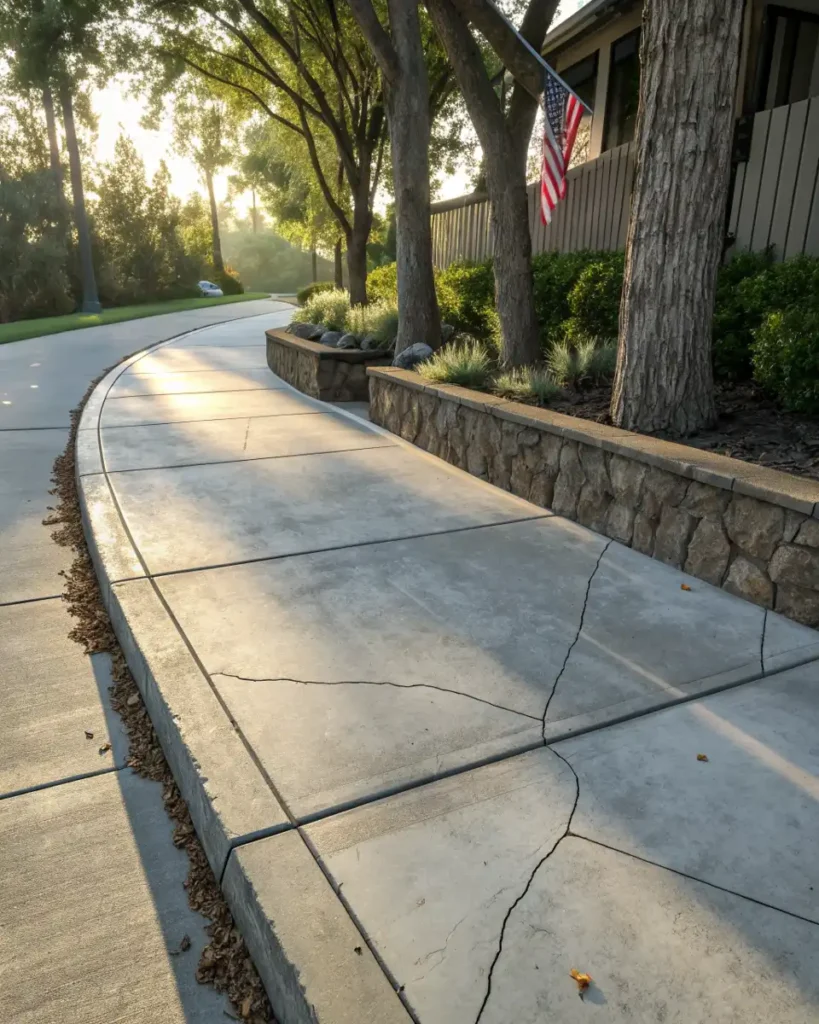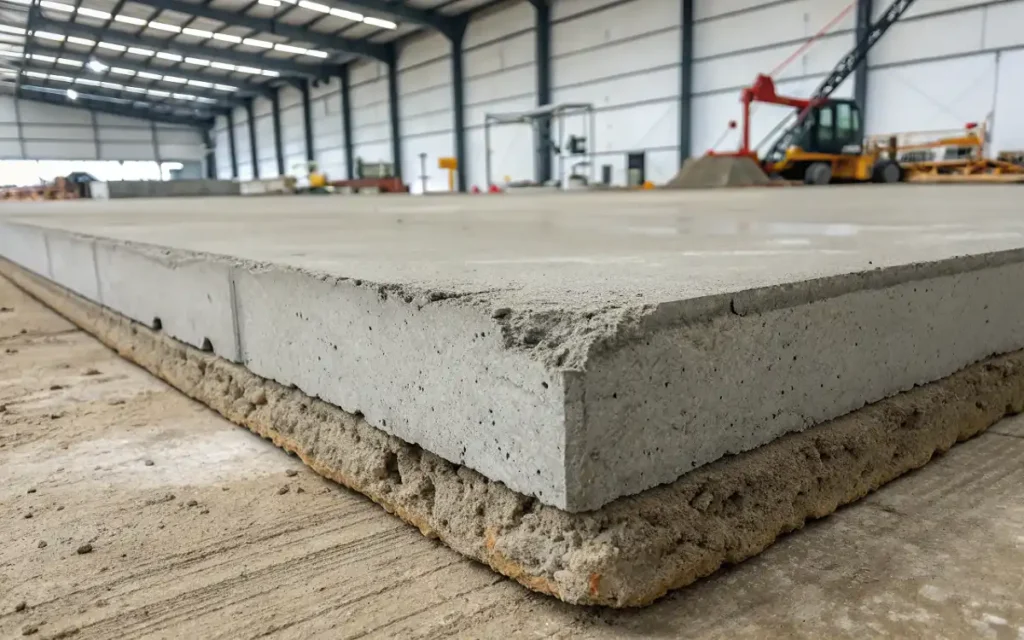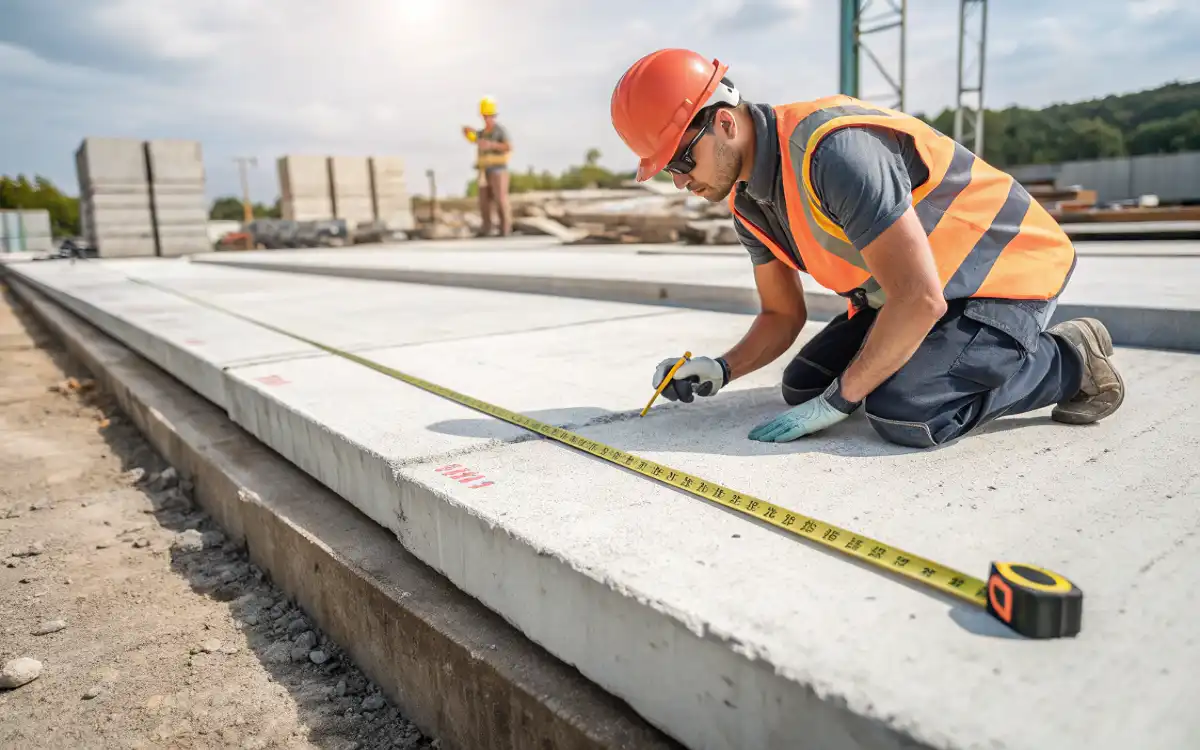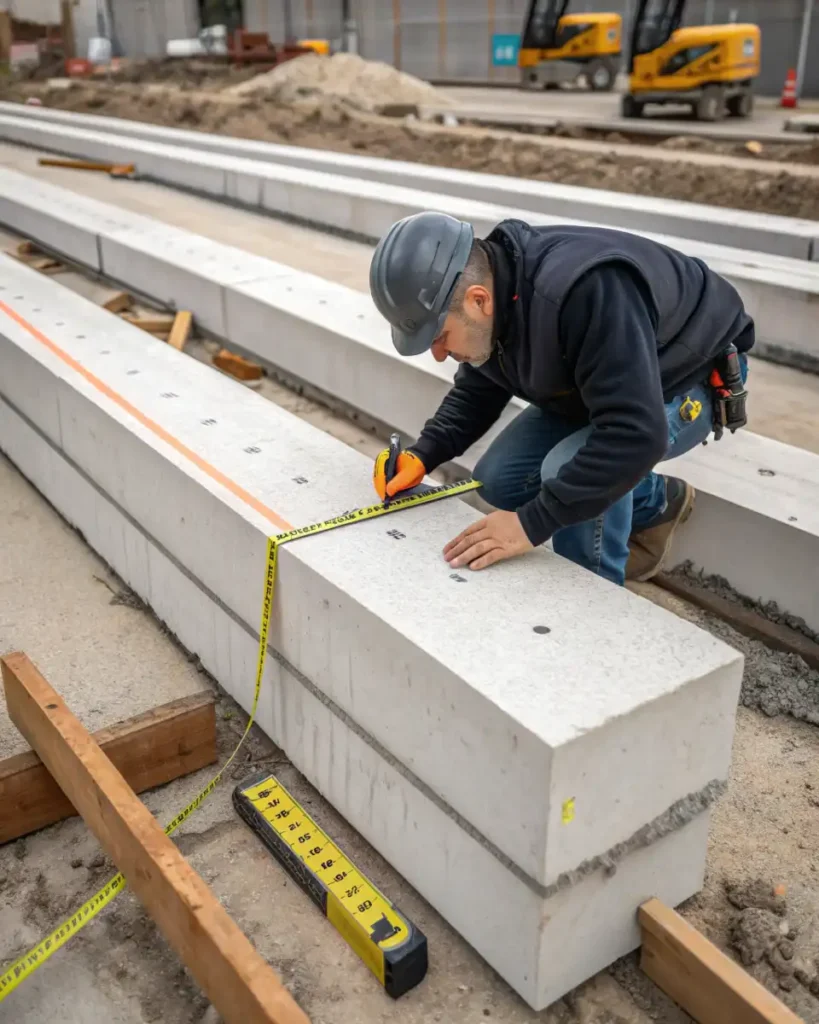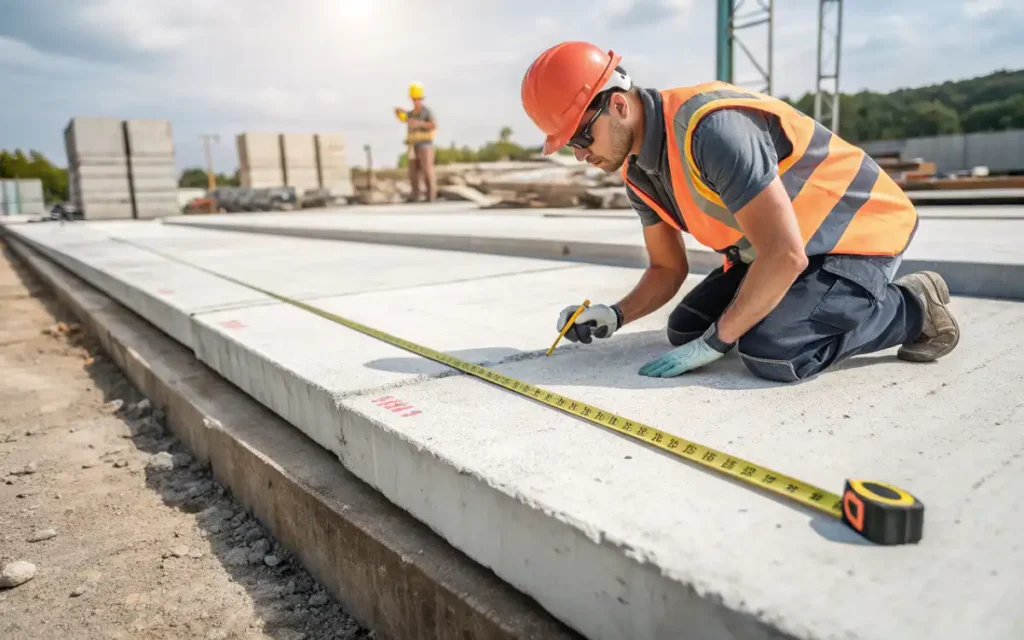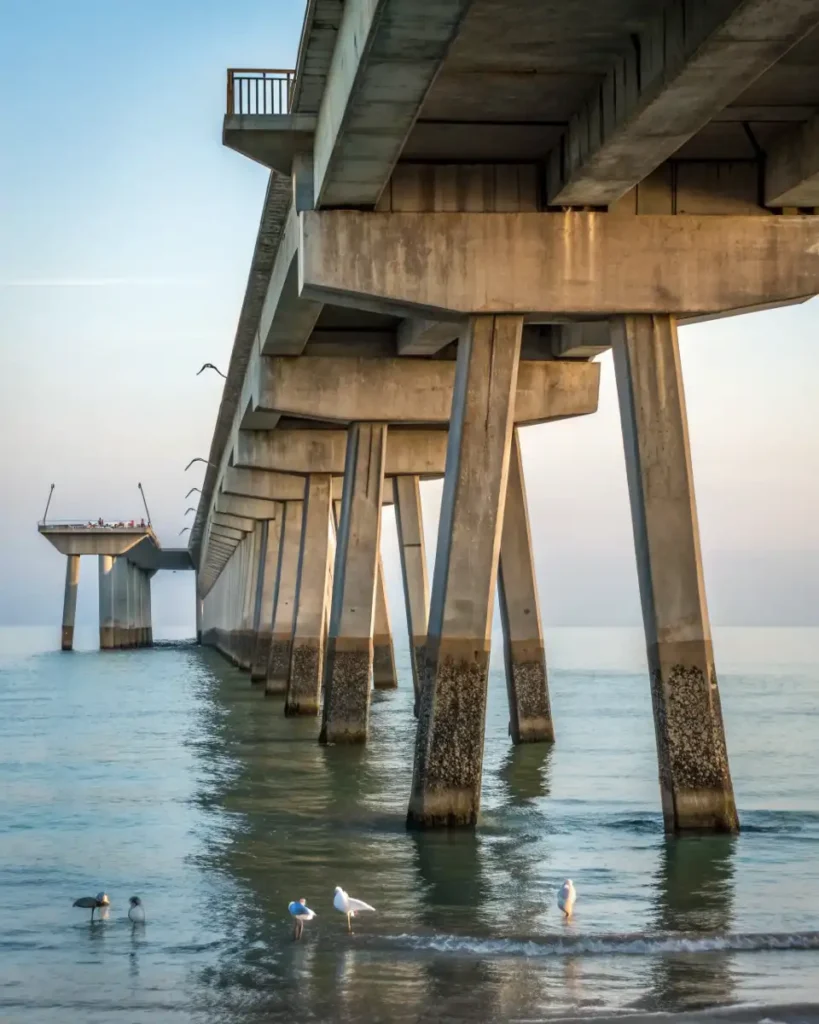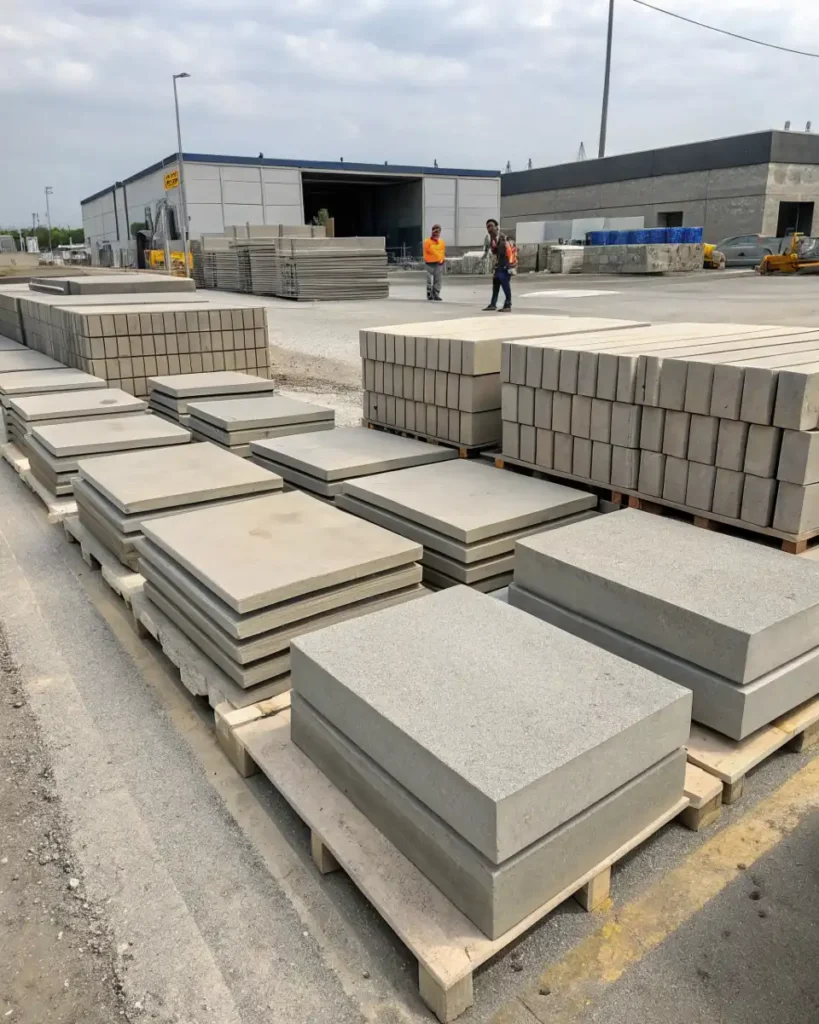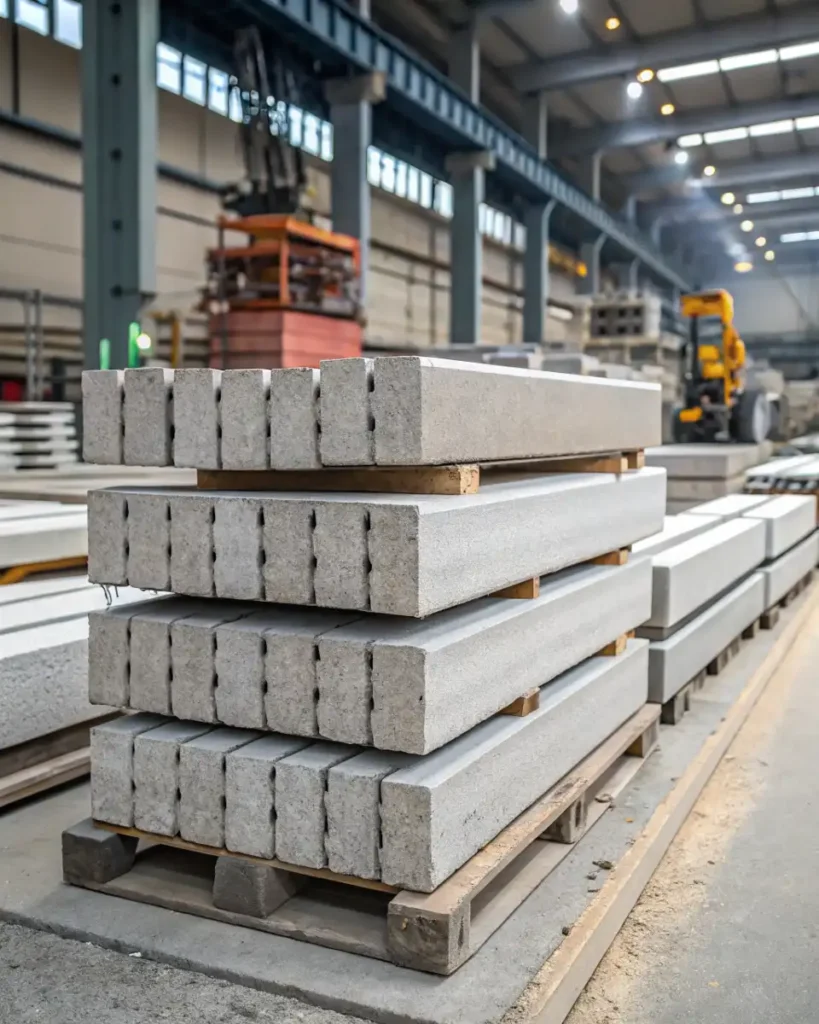Introduction
Precast concrete wall repair are made under controlled conditions which leads to greater durability and consistency when compared to walls made using onsite poured concrete.
This is why they have become increasingly popular to use for fences, boundary walls, and even structural walls. Cracks and deterioration are inevitable over time, whether it is due to weather, the ground settling over time, or even accidental damage.
When deterioration occurs, timely concrete wall repair will be required to maintain the structural integrity and the aesthetics of the wall.
This guide will help the homeowners identify the triggers of damages, wall crack repair them, and maintain the walls so the walls will last for decades to come. Having seen damages, large or small, and understanding the appropriate methods to use will help them avoid having to replace the wall.
Why Do Precast Concrete Wall Repair?
Not having walls that are made of precast concrete is tougher and more durable does not mean it is damage proof. The reasons for requiring concrete wall repair is due to the following common circumstances:
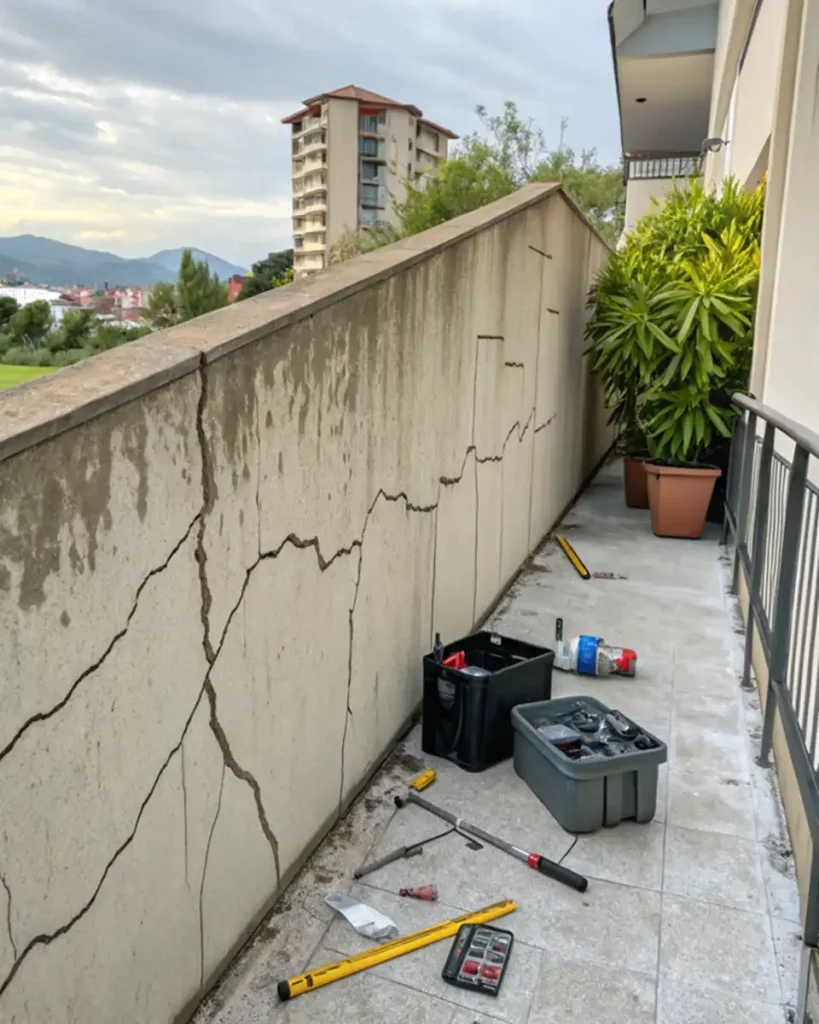
- Environmental stresses: Rapid changes in temperature will cause concrete to expand and later contract which will result in small or even large cracks to form.
- Settling ground: Shifts of walls and settling ground will cause cracks to form, and even more serious surface and structural damage.
- Water infiltration: Moisture lack will weaken concrete and the walls embedded reinforcing steel will corrode.
- Impact damage: When vehicles or equipment hit accidents or trees fall, they can leave surface or deep cracks.
- Ageing: With time, natural weathering will also surface.
These problems can be repaired quickly to extend the life of the wall and prevent minor issues from developing into major defects.
How to Identify Damage in Your Concrete Wall
Early detection in the case of concrete fences or block walls requires inspection to identify:
- Hairline to medium surface cracks
- Discoloration, or unequal surface texture
- Flaking or spalling concrete
- Moisture present with damp patches or mold
- Loose shifting wall parts
If these things are present, then an organized concrete wall repair will be in order.
Best 2025 Tools for Repairing Precast Concrete Walls
Among the best and most practical approach to repairs is focusing on the repair’s durability, environmental sustainability, and ease of repair in application.
· Epoxy Injection
With epoxy injection, a two-part epoxy seal critical cracks to restore Concrete Wall Repair. It is best used for structural cracks that are over 0.05 mm wide.

It restores original structural strength. First, precast cement leakage and contaminated water must be removed to guarantee restoration durability.
· Mortars with Polymers
Polymer-modified repair mortars have added flexibility and improved adhesion. These mortars handle small movements in the walls and defy water penetration. Therefore, they serve well for cosmetic and structural repairs.
· Surface Waterproofing and Sealing
Protected by Seal waterproofing, -filled repairs stops moisture damage. This step is necessary to prevent cracking and spall repair.
· Replacement of Fence Panels
For severe damage, it is sometimes best to completely replace the damaged precast Concrete Wall Repair fence panels. Since panels are brought to the site once curing is completed and of consistent quality, the installation is fast and minimizes disturbance.
Step by Step Concrete Wall Repair
Here is a simplified process repair to concrete walls that homeowners can do for repair that is DIY or with a professional
| Step | Description | Tools/Materials Needed |
| Inspection | Assess damage severity and crack type | Flashlight, measuring tape |
| Cleaning | Remove dirt, debris, and loose concrete with brush, vacuum | Wire brush, vacuum or blower |
| Preparing cracks | Widen cracks slightly to create bonding surface | Hammer and chisel |
| Moistening | Lightly dampen repair area to improve adhesion | Spray bottle |
| Mixing material | Prepare epoxy or polymer-based repair mortar as per instructions | Mixing bucket, drill mixer, repair material |
| Application | Fill cracks and damaged areas, smooth the surface | Trowel, spatula |
| Curing | Allow proper curing time based on product guidelines | Protective coverings, time patience |
| Sealing | Apply waterproof sealant or coating | Sealant, brush or sprayer |
Benefits in Wall Repair
Repairing or replacing with precast concrete block wall components has a number of benefits:
- Improved quality as a result of factory-controlled curing
- Time is saved since panels are made in advance
- Greater resistance to deterioration from extreme weather and other conditions
- Environmentally friendly as it reduces waste onsite and recycling materials.
By utilizing precast components, homeowners are getting a solution that is long lasting with little upkeep.
Tips for Keeping Concrete Walls Well-Maintained
Make sure your Concrete Wall Repair fence or wall stays in top condition by doing the following:
- Check your walls each year for any new cracks or damage.
- Clean your walls regularly to get rid of dirt and stop mould from growing.
- Fix moisture problems by improving drainage or sealing any leaks.
- Don’t put heavy objects or anything that weighs too much right next to the wall.
- Reapply protective sealants every few years or as suggested.
These habits should become part of your routine. They will. Help your walls become even stronger and more beautiful.

Final Thoughts
Resting repairing of concrete walls is important to maintaining the safety, appearance, and value of walls and fences. Receive lower repair costs for concrete walls and fences by using the new repair methods introduced in 2025.
For Repair and Services
1924 W Edward Ln, Milwaukee, WI 53209, United States
Phone: +14142855933
Email: [email protected]
